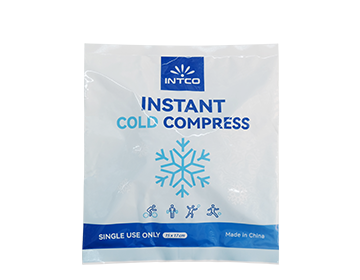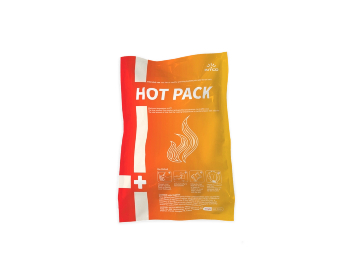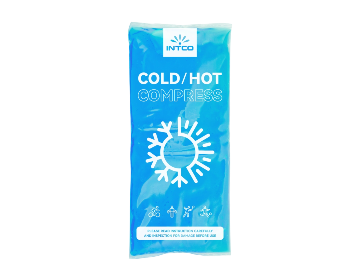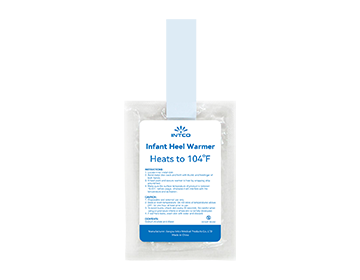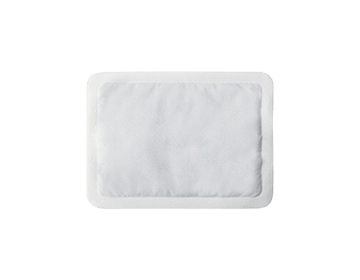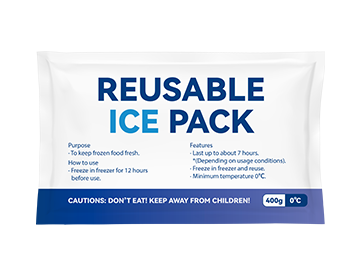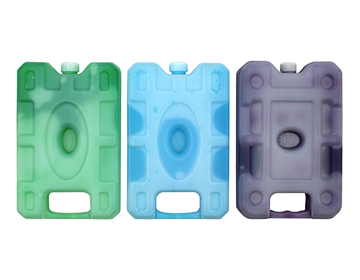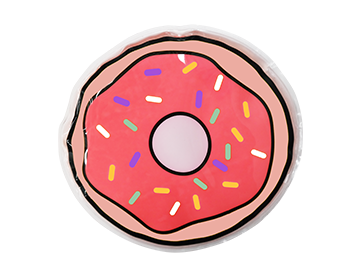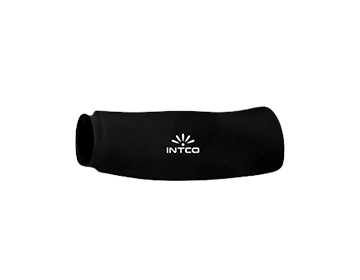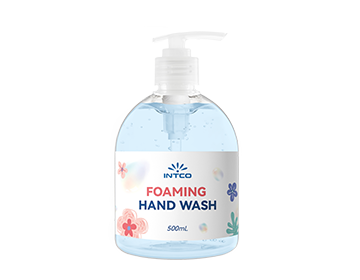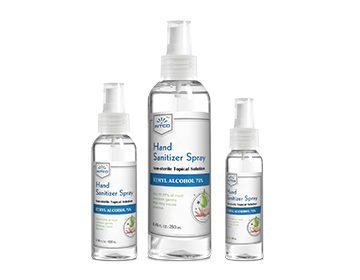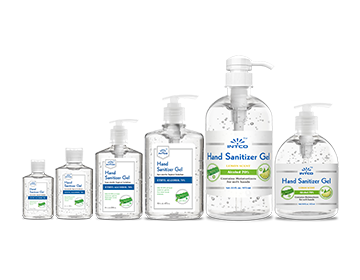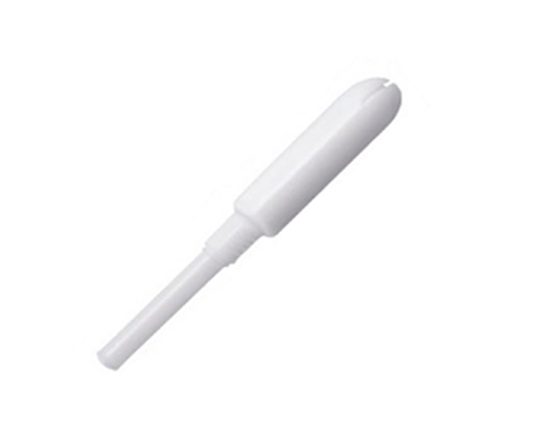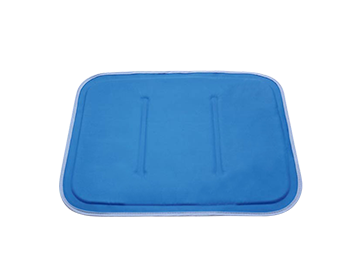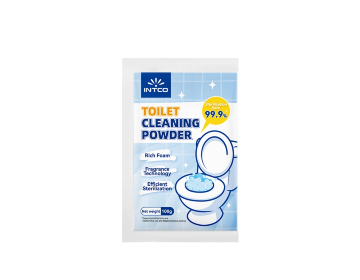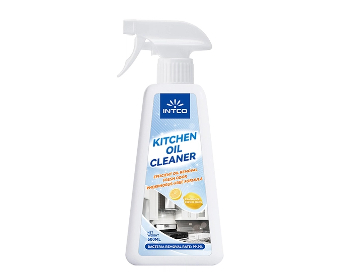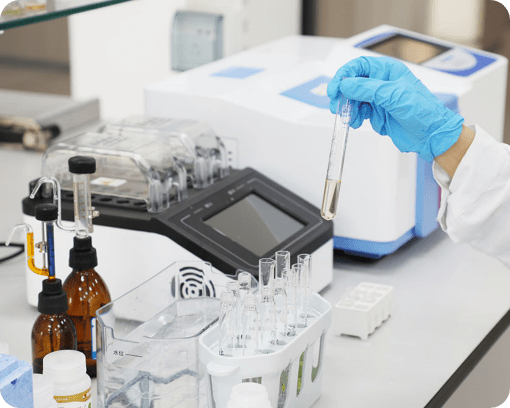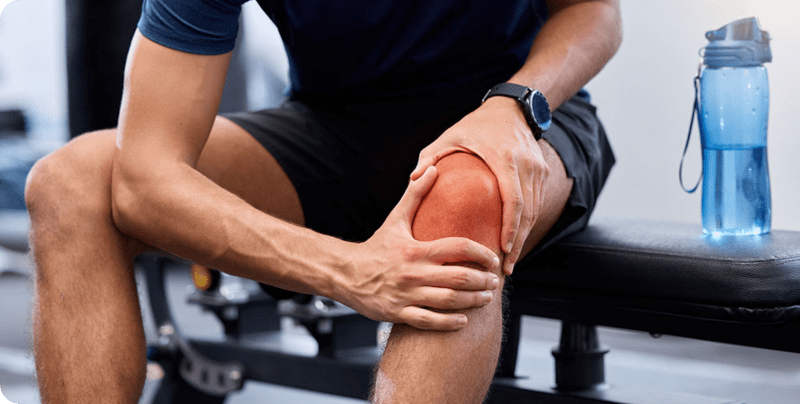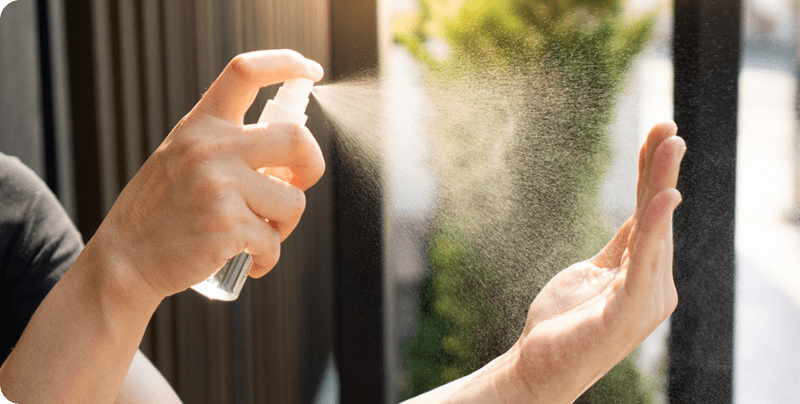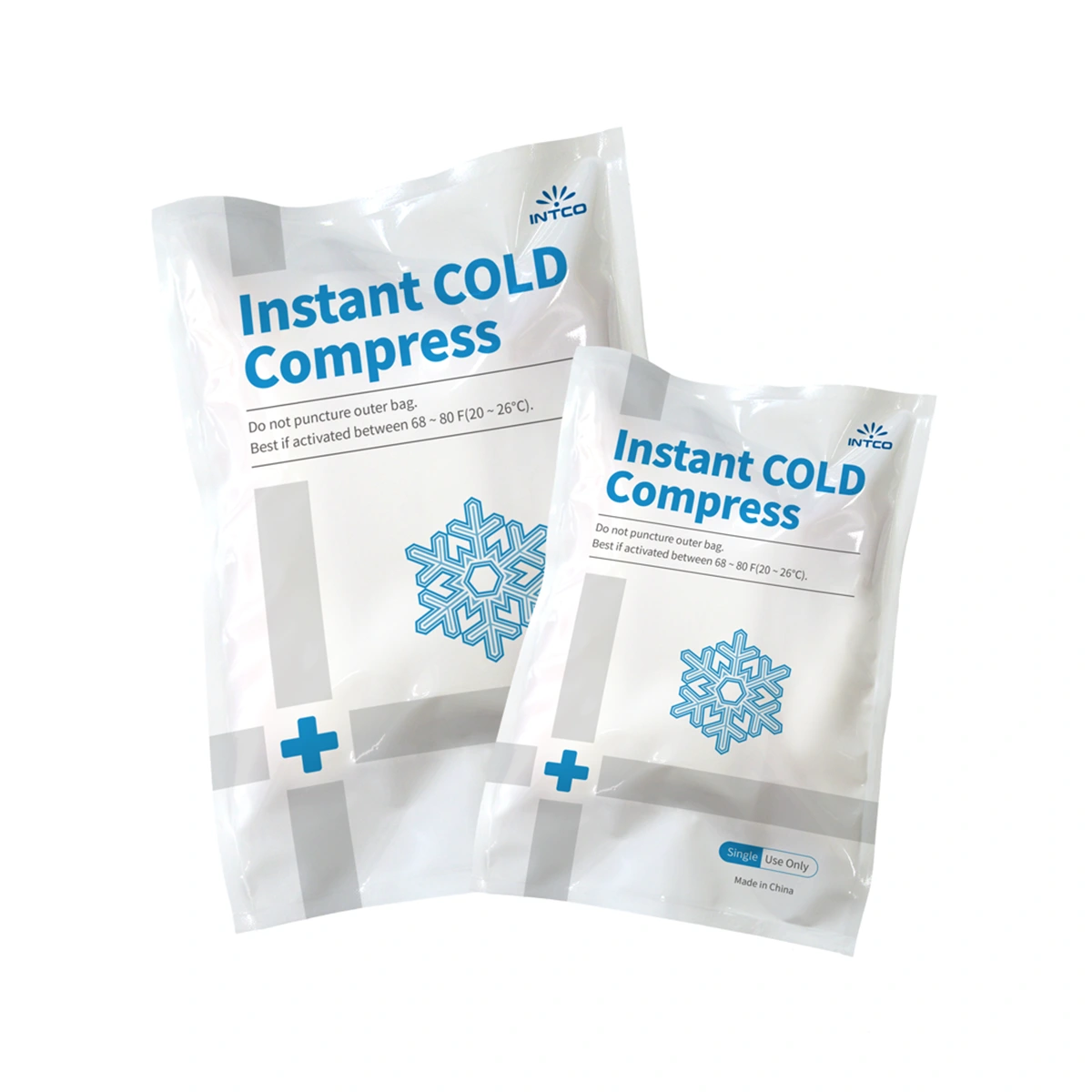Hot vs. Cold Compress: Which Is Better for Relieving Headaches?
Headaches affect millions of people worldwide, ranging from mild tension to debilitating migraines. For many, a hot or cold compress is a go-to home remedy. But which works better? The answer depends on the type of headache you have, your symptoms, and how your body responds to temperature therapy. In this guide, we’ll break down how heat and cold work, the types of headaches they help, safe usage tips, and when to see a doctor.
The Real-Life Impact of Headaches
Headaches are far more than a minor inconvenience — for many people, they disrupt work, social life, and even basic daily activities. The World Health Organization lists headaches among the most common disorders of the nervous system, noting that severe headaches and migraines can be as disabling as chronic diseases like arthritis or heart conditions. Migraine attacks, for example, can cause hours or even days of debilitating pain, light sensitivity, nausea, and difficulty concentrating.

Tension headaches may seem milder but can sap productivity, reduce sleep quality, and increase irritability over time. When left unmanaged, frequent headaches can lead to missed workdays, strained relationships, and a reduced overall quality of life. That’s why finding effective, accessible relief methods — including both hot and cold compress therapies — can make a meaningful difference in a person’s well-being.
How Temperature Therapy Works for Headaches
Cold Therapy: Numbing and Reducing Inflammation
Cold therapy triggers vasoconstriction — narrowing of blood vessels — and provides a numbing sensation that slows pain signals to the brain. This makes it especially useful for migraines or acute, throbbing pain. The American Migraine Foundation highlights cold packs as a simple, effective tool for easing migraine discomfort.
Heat Therapy: Relaxing Muscles and Improving Circulation
Heat therapy causes vasodilation — widening of blood vessels — to relax muscle tension, particularly in the neck and shoulders. Increased blood flow helps relieve stiffness and stress-related headaches. The Cleveland Clinic notes heat as a key self-care option for tension headaches.
When to Use a Cold Compress
Cold therapy is most effective for:
· Migraines — Apply a cold pack to the forehead, temples, or back of the neck to dull pain and reduce light sensitivity.
· Inflammatory headaches — Sharp, pulsating, or pressure-heavy headaches benefit from cold’s anti-inflammatory effect.
Safe cold application tips:
1.Wrap an ice pack, gel pack, or migraine relief ice head wrap in a thin cloth to protect skin.
2.Apply for 10–20 minutes at a time.
3.Rest between sessions to allow skin to recover.
4.Never place ice directly on bare skin.
When to Use a Hot Compress
Heat therapy works best for:
· Tension headaches — Often caused by neck/shoulder tightness or stress.
· Postural headaches — Triggered by poor posture during work or sleep.
Safe heat application tips:
1.Use a warm (not hot) heating pad, towel, or compress.
2.Apply for 15–20 minutes to the neck, shoulders, or base of the skull.
3.Avoid prolonged direct contact to prevent burns.
4.Try a warm shower to relax the whole body.
Research Insights: Hot vs. Cold
Although direct comparison studies are limited, leading health authorities — including Mayo Clinic, NHS, and Johns Hopkins — agree:
· Cold is best for acute, throbbing, or migraine pain.
· Heat is best for tension headaches and muscle-related discomfort.
Personal experimentation, within safe guidelines, is encouraged.
Quick Decision Guide
|
Symptom |
Better Choice |
|
Throbbing migraine pain |
Cold |
|
Dull, pressure-like pain with tight muscles |
Heat |
|
Unsure of cause |
Start with cold, then try heat |
|
New injury or inflammation |
Cold (first 24–48 hrs) |
|
Chronic muscle stiffness |
Heat |
Combining Heat and Cold
Some headache sufferers use contrast therapy — cold first to reduce inflammation, followed by heat to relax muscles. For example:
· Cold compress for 10 minutes
· Rest for 15 minutes
· Warm compress for another 10–15 minutes
This approach can be effective when symptoms are mixed or unclear.
Safety Precautions for Temperature Therapy
· Always wrap the pack in cloth to protect skin.
· Limit sessions to 10–20 minutes.
· Monitor for redness, numbness, or irritation.
· If you have circulation issues, nerve damage, or diabetes, check with a doctor before use.
When to Seek Medical Advice
Seek urgent care if you experience:
· Sudden, severe headache
· Headache after injury
· Headache with fever, stiff neck, confusion, or seizure
· Headaches that worsen or change over time
· Neurological symptoms such as weakness or vision changes
Final Thoughts
Hot and cold compresses are safe, accessible, and effective for many headache sufferers when used properly:
· Cold for migraines and sharp, throbbing pain.
· Heat for tension-type headaches and muscle tightness.
At INTCO Healthcare, we produce high-quality cold gel packs, migraine relief ice head wraps, and hot/cold therapy packs for both home and professional use. We also offer OEM/ODM services to meet your brand and product needs. Contact us today to explore our complete temperature therapy solutions.

